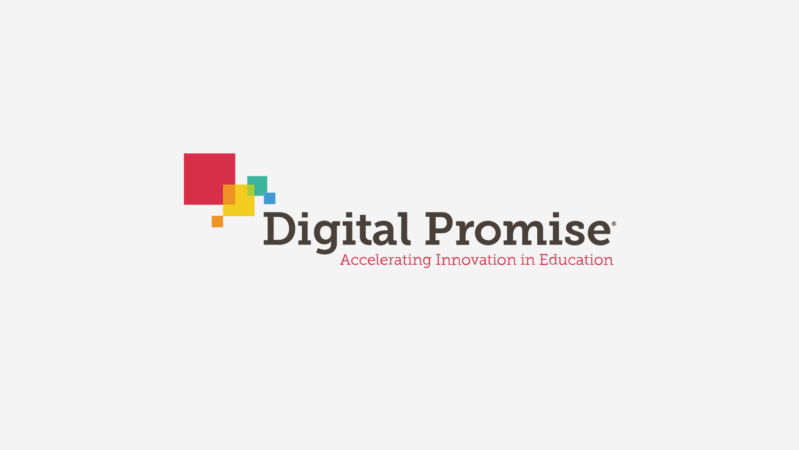
A trail of data follows each and every one of us, and it grows larger with each phone call, text, purchase or Web search. In fact, the amount of data humans generate in just 24 hours is equal to 70 times the information held in the Library of Congress, according to “The Human Face of Big Data.”
Technology allows us to better capture, organize, and analyze this massive amount of information. These datasets are not just large, they are also complex and contain multiple types of rapidly-generated data.
In education, digital learning technologies such as games and online learning systems collect vast amounts of data as students progress through the game, test, or activity. This type of incremental information can give a more complete picture of the learning process than traditional measures such as grades and test scores, which only measure outcomes. It can also help educators and researchers gain valuable insight into how to improve and personalize learning for students.
New academic disciplines such as learning analytics and educational data mining are emerging to make sense of this big data in education. These researchers apply methods from statistics, computer science, and machine learning to identify patterns and make predictions. The results of these analyses help inform what we know about how students learn, underscoring the need for collaboration between education researchers and those specializing in learning analytics.
This infographic from CollegeStats.org illustrates the type of questions data mining and analytics can help answer, how the process works, and some of the challenges associated with collecting and analyzing student data.